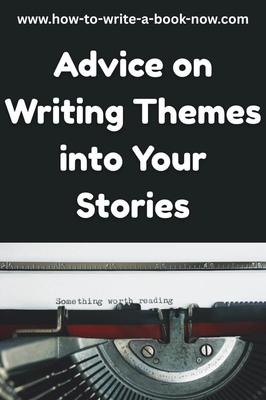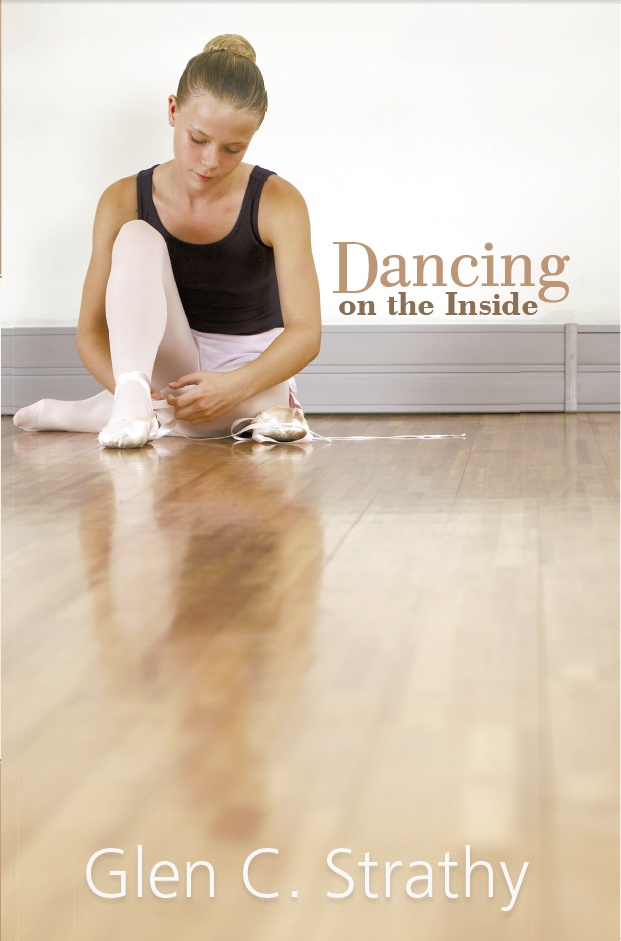How many points of view should I have?
Question: I can't decide which person the point of view should be. Originally I had 5 POV's for the five main characters, but now I've gone down to two because I read that it was bad to have a lot of them. It was a tough choice because they are all important. Should I have five?
Answer: Yours is a question that cannot be answered, because it depends on your book and your readership.
Some things to consider...
A single main character has the advantage of making it easy for the reader to feel an intimate connection to that character, which may be why so many young adult books are told from a single perspective--that of a teenager. Ditto with middle grade books. Many readers like that experience, but it is not the only option.
Romance novels are often told from two perspectives: the female lead and her love interest. Women are the primary readers of romance, so the main character is usually someone they can relate to. Telling part of the story from the male lead's point of view gives the reader the experience (although often idealized) of knowing what's really going on in the guy's head.
Multiple points of view are useful when you have a big story with many subplots and events that are important to the story, but no one character could witness all of them. It's a
However, the more POVs you have, the weaker the connection the reader will have to any single POV. Having many POVs will move the narration closer to omniscient (with a narrator who can jump in and out of various characters' heads). It gives the reader a more objective rather than subjective perspective.
Sometimes you can use a few POVs when you want to give different groups of readers a personal window into the story. If the main character in your YA novel represents the typical bookish reader, then you could include another POV character whom a different group can relate to.
For instance, you might take a "Breakfast Club" or "Traveling Pants" approach to a young adult novel and have one character the male jocks can relate to, one for the nerdy boys, one for the popular girls, one for the socially awkward girls, etc., and have each of them play a key role in the plot. Again, too many risks losing some intimacy, but if your theme is about overcoming barriers between different types of people, it can be an effective choice.
You have to decide what type of story you are writing, who your ideal readers are, and what perspective you want to give them.
- Home
- Writing Questions
- How many points of view should I have?















